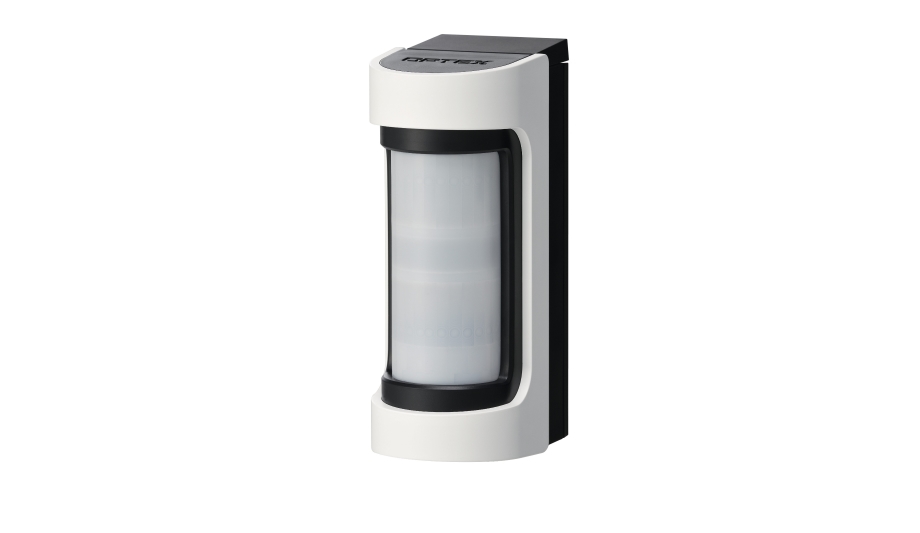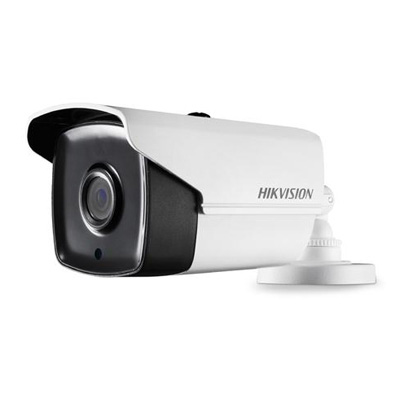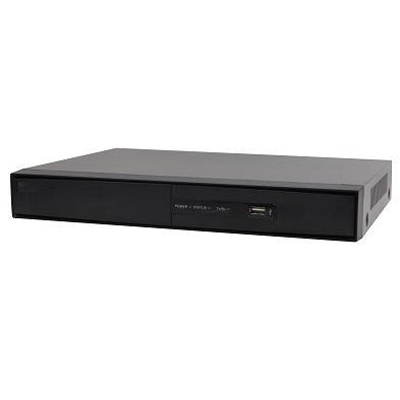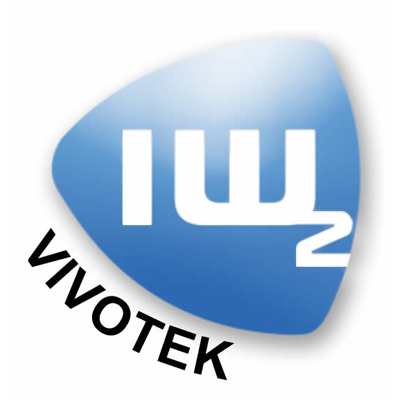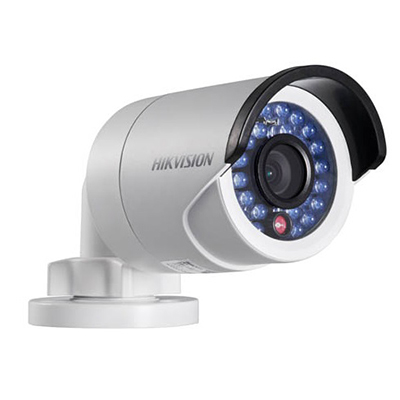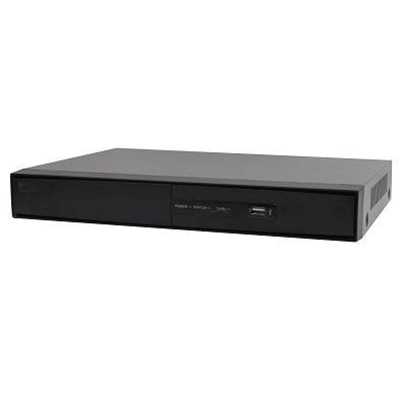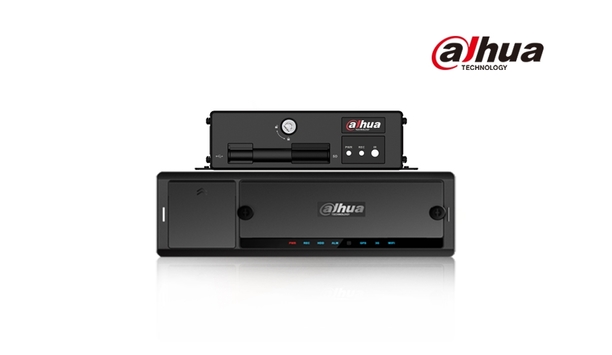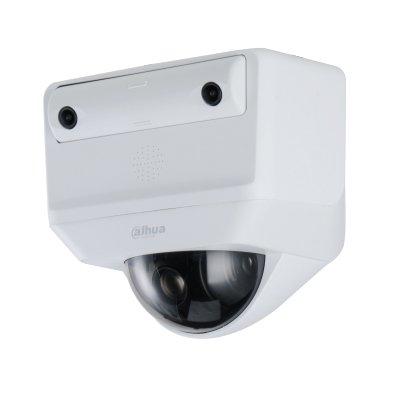OPTEX, the sensor manufacturer, welcomes a change in regulation that will enable its indoor and outdoor dual-technology (dual-tech) X-5 Sensor range to be distributed and installed in Germany.
Dual-technologies (dual-tech) security detectors provide a combination of passive infrared and Microwave technologies to improve performance and reduce the likelihood of unwanted alarms in more challenging environments (e.g in very strong sun light, or sites likely to attract wildlife). Until recently, X-5 dual-tech intrusion detection sensors – which has a microwave emission power of 10.525GHz – could not be used in Germany. This has now changed with an amendment to the regulations announced through the Bundesnetzagentur and published in a formal document, 87/2018.
Outstanding performance
“This is fantastic news for our distributors and installers throughout Germany,” says Thomas Napora, Head of Business Development/Sales for the DACH Region, “the amendment to the radio frequency opens up the German intrusion market to a much bigger choice of sensors. German installers can now benefit from the outstanding performance given by our dual-tech Grade 2 and 3 indoor sensors and our 90- and 180-degree dual-tech outdoor sensors.”
Germany is now one of a group of European countries using the X-5 frequency: Belgium, Denmark, Greece, Italy, Luxembourg, The Netherlands, Spain, Sweden, Iceland, Norway, Switzerland.
